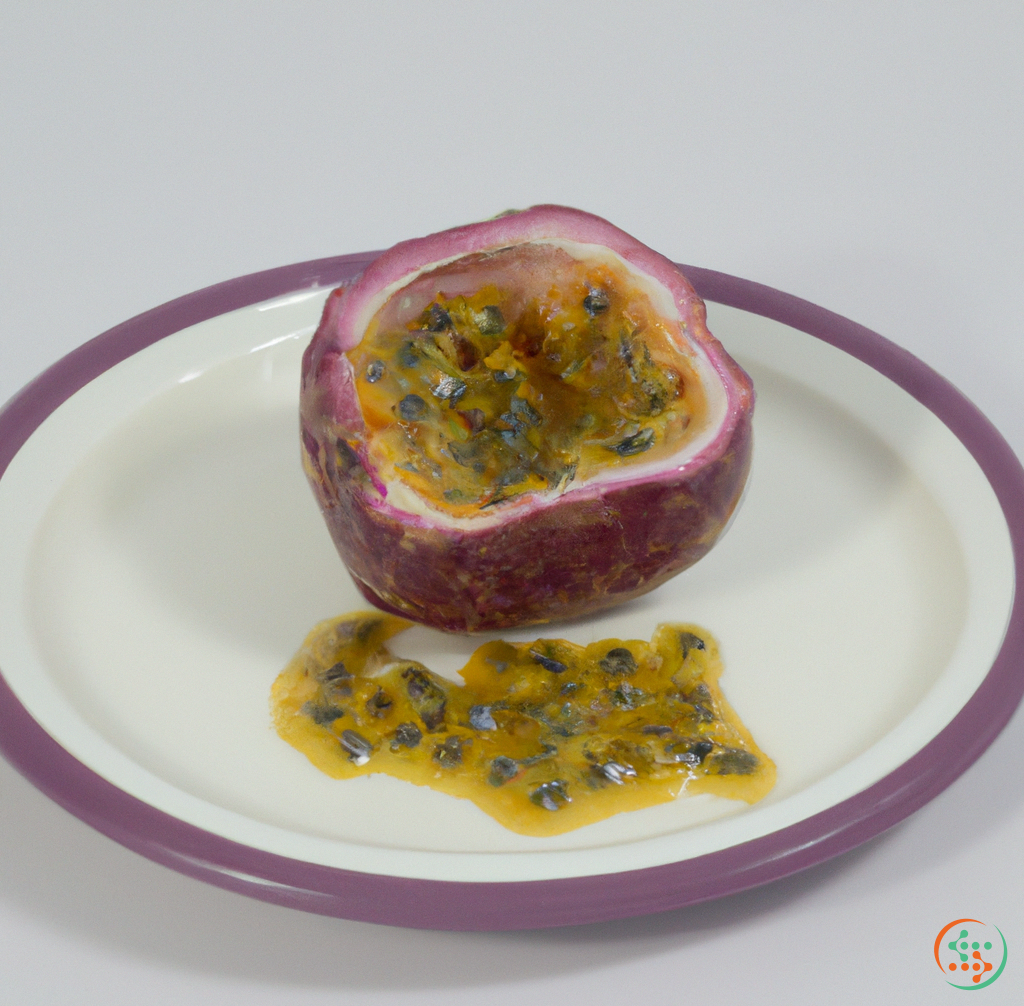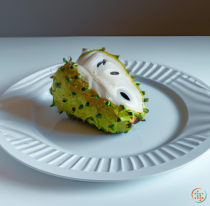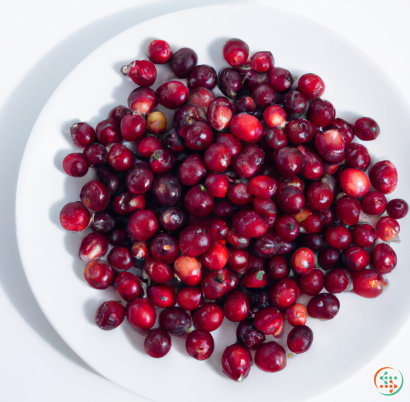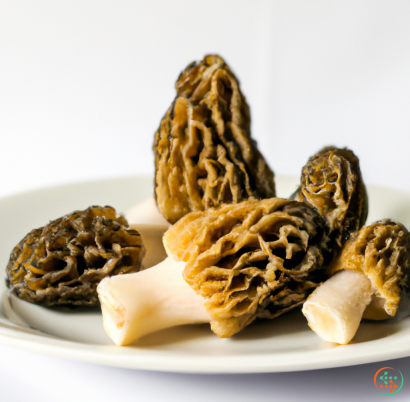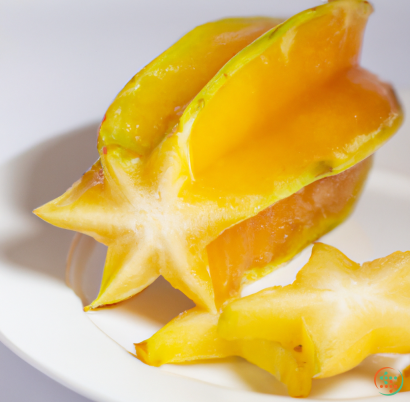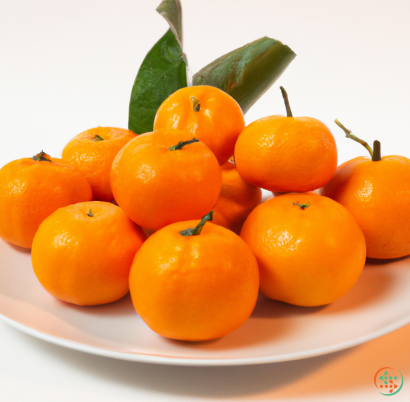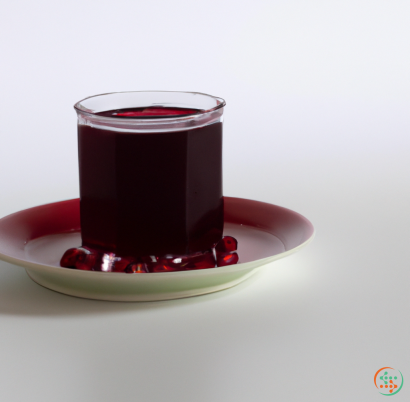Passion Fruit
Passion fruit is a tropical and subtropical fruit that is native to parts of South America, Central America, Mexico, the Caribbean and various regions of Africa. Though it may look unappealing with its wrinkled, yellow waxy shell, the passion fruit hides a tart-sweet jelly-like pulp within which carries many potential health benefits.
Passion fruit is also known by its scientific name Passiflora edulis. The name itself gives insight into the fruit’s deep and fascinating history. The word Passiflora, derived from the Latin term passio and flos, translates to “the flower of suffering,” or “the passion flower.” This is a reference to the Passion of Jesus and the crown of thorns as the flower is said to represent the Passion of Jesus Christ. The name edulis translates to “edible” which is an apt description for this pleasant fruit.
Inside the passion fruit, the pulp is a deep orange color due to the granules of numerous, edible seeds covering it. Both the pulp and seeds are edible, however, you should always remember to consume only fully ripened passion fruit to avoid an extremely tart taste. Not only can the pulp be eaten raw and straight from the fruit, but it is commonly used to make jams, jellies and even juices.
Beyond it’s sweet and tart flavor, passion fruit is also a great source of vitamins, minerals and antioxidants that help support your overall health. This includes adequate amounts of dietary fiber, Vitamin A, Vitamin C, Vitamin K, Iron and Calcium. Furthermore, passion fruit contains phenolic compounds and carotenoids which carries powerful antioxidant, antimicrobial, anti-inflammatory and anti-tumor properties. Lastly, passion fruit helps to support digestion, kidney health, and can even reduce asthma symptoms.
Because of its health benefits, passion fruit can be incorporated into your diet in various ways. You can simply cut open the tough, orange peel and enjoy the tart, sweet pulp and seeds inside. Or you can whip up a fruit smoothie adding yogurt, juice, honey, coconut milk or even frozen bananas for extra sweetness and texture. Another option is to add passion fruit to jams and jellies for a unique flavor. Passion fruit juice is also very popular in many South American countries and is a great way to get a daily dose of the fruit’s essential nutrients.
Aside from its potential health benefits, passion fruit also has a special place in gardeners’ hearts. Not only does the Passiflora edulis produce a delicious fruit, but the plants themselves are incredibly beautiful. The heart-shaped leaves and fragrant flowers have quite an alluring look and make a great addition to any garden.
In summary, passion fruit provides not only a unique flavor profile but is also a great source of various vitamins and minerals to support your health. From its origin story to its applications in cuisine, passion fruit is truly an interesting and versatile fruit with a plentiful list of health benefits. Whether you’re adding the pulp to smoothies, fermenting the juice for tea, or just snacking on the seeds raw, you can get creative and experiment with the possibilities that passion fruit presents.
When people think of a passion fruit, they often think of the ripe, juicy fruit. But the reality is that the journey to the dinner plate began long before the fruit was picked. From fertilizing and pollination to harvesting and shipping, passion fruit production involves complex processes that play a crucial role in how the fruit ends up on a plate. This blog post will discuss how a passion fruit is created and travels to a dinner plate, from seed to shelf.
To begin, it’s important to understand what a passion fruit is. Passion fruit, also known as Passiflora edulis, is a member of the Passifloraceae family and originated in southern Brazil. It’s an edible fruit with a tart, slightly sweet taste and a bright yellow or purple peel when ripe. The fruit has many applications, including in juices, jams, preserves, ice cream, and cocktails. It’s also an important food source for many animals and insects, including butterflies and hummingbirds.
Once the seed of a passion fruit has been planted, a little time and effort goes into the process of fertilization and germination. Fertilizing the soil with desired nutrients is essential to a successful crop, as it supplies the plants with the necessary minerals and essential elements needed to grow and prosper. The right combination of nitrogen, phosphorus, and potassium helps ensure a healthy, vibrant passion fruit crop. After the soil has been prepped and fertilized, planting the seeds is the next step. The seeds should be planted into individual seed trays and placed in a greenhouse or warm, sunny location with indirect sunlight. It may take anywhere from 10-21 days for the seed to sprout and for the small, delicate plants to develop.
Once the plants have established themselves, the female flower buds must be pollinated in order for the passion fruit to mature. In nature, pollination is done by insects, birds, and even wind blowing on the flowers. For large-scale commercial production, manual pollination is more practical and efficient. This involves using a brush to move pollen from the male flower (the flowers with tiny hairs and brown pollen sacs) onto the female flower (the flowers with yellow powdery pollen).
Once pollination has occurred, the female flower will slowly begin to transform into a mature, ripe fruit. This transformation happens over the course of several weeks. The process begins with the development of a green shell-like casing, which is known as a ?pod? or ?peel.? This shell begins to yellow and soften as it matures. At this time, the inner edible part of the passion fruit (pulp, seeds, and juice) are created from what is called an ?ovary," which is a long, white-yellow, organ-like structure attached to the ovary walls. This ovary gradually fills with flavorful, succulent purple or yellow pulp, jelly-like juice, and edible black or tan seeds.
When the fruit is ready to harvest, it’s typically done either by hand or through machine harvests. The harvested fruits are then carefully assessed and graded based on quality, size, and ripeness. The best quality fruits are sorted and packed into one-pound cardboard containers, foam boxes, or other protective materials. A layer of protective padding, such as foam, is generally used to protect the delicate fruit from any damage during transport.
Once the passion fruits have been packaged and carefully inspected for any defects or blemishes, they are typically shipped to market, usually via truck or train. During transit, the temperature must be carefully monitored and regulated as the fruit is sensitive to temperature fluctuations. Otherwise, the fruit can spoil or become bruised and unappealing.
Once the passion fruits arrive at their destination, they are inspected once again for any damages and sorted into where they will be sold. In some cases, they may be sold fresh and consumed within the same day. In other cases, they may be sent to food processing facilities that handle the production of juices, jams, and other products.
Although the journey of the passion fruit begins with the creation of a seed, the journey to the dinner plate involves years of effort and hard work. From the careful soil preparation during the planting process to the careful packing during transport, there are many steps that must take place in order for the passion fruit to end up in its rightful place?the dinner plate!
| Vitamin A | 0.064 mg | |
| Beta-Carotene | 0.743 mg | |
| Vitamin E | 0.02 mg | |
| Vitamin K | 0.7 ug | |
| Vitamin C | 0.03 grams | |
| Vitamin B2 | 0.13 mg | |
| Vitamin B3 | 0.0015 grams | |
| Vitamin B4 | 0.0076 grams | |
| Vitamin B6 | 0.1 mg | |
| Vitamin B9 | 0.014 mg |
| Calcium | 0.012 grams |
Daily Value 1.3 g
|
| Iron | 0.0016 grams |
Daily Value 0.018 g
|
| Magnesium | 0.029 grams |
Daily Value 0.4 g
|
| Phosphorus | 0.068 grams |
Daily Value 1.25 g
|
| Potassium | 0.348 grams |
Daily Value 4.7 g
|
| Sodium | 0.028 grams |
Daily Value 2.3 g
|
| Zinc | 0.1 mg |
Daily Value 0.011 g
|
| Copper | 0.09 mg |
Daily Value 0.9 mg
|
| Selenium | 0.6 ug |
Daily Value 0.055 mg
|
| Total Sugars | 11.2 grams |
per 100g
|
| Palmitic acid (16:0) | 0.05 grams |
|
| Stearic acid (18:0) | 0.01 grams |
|
| Total Saturated fatty acids: | 0.06 g | |
| Oleic acid (18:1) | 0.09 grams |
|
| Total Monounsaturated fatty acids: | 0.09 g | |
| Linoleic acid (18:2) | 0.41 grams |
|
| Total Polyunsaturated fatty acids: | 0.41 g | |
